The chemical peel is like magic for fixing stuff like acne scars, wrinkles, enlarged pores, discoloration, and rough texture. It's this amazing treatment where a skincare professional uses a chemical solution to gently shed old skin, revealing a healthier complexion. Sounds simple, right? But there's a bit of homework to do before and after. Don’t sweat it, though – I've got you covered. In this article, we discuss the chemical peel process day by day, including essential tips and the top products to optimize your post-treatment care.
Pre-Peel: Days or Weeks Before the Procedure
So, you're thinking about a chemical peel? Awesome! But first, let's get you to a skincare professional for a consultation. They'll check out your skin and determine the most suitable type of peel for your specific needs. To learn more, take a look at this article: "An Ultimate Guide to Chemical Peels: Superficial, Medium & Deep." Finally, you may be advised to prepare your skin with retinol or glycolic acid. It’s like a secret sauce to achieve the optimal results.
The Day of the Procedure: Hold Tight
The big day arrives, and you'll pop into the skin pro's office. The expert will apply the peel solution, targeting the areas of concern. Depending on the type of peel chosen, you may experience a tingling or burning sensation as it begins to work. Don’t worry – it's a sign the peel is in action, exfoliating away the old skin to bring in the new.
Post Chemical Peel Process Day by Day
After the peel, you will enter the post-peel phase, which can last for several days. During this time, it is crucial to follow the specific instructions provided by your skincare professional to ensure optimal healing and results.
Day 1-2
Right after your peel, expect your skin to be a bit red and feel snug – totally normal as it gets with the exfoliation process. Also, don't be surprised if your skin takes on a darker tone for a bit. It's just a temporary effect caused by the treatment
Day 3-4
Around the third or fourth day, you may observe the start of peeling. It might be a gentle flake-off or a more dramatic skin reveal, all hinging on how intense your peel was. Remember, hands off! Picking at your skin is a big no-no – it's like sending an invite for irritation and scars.
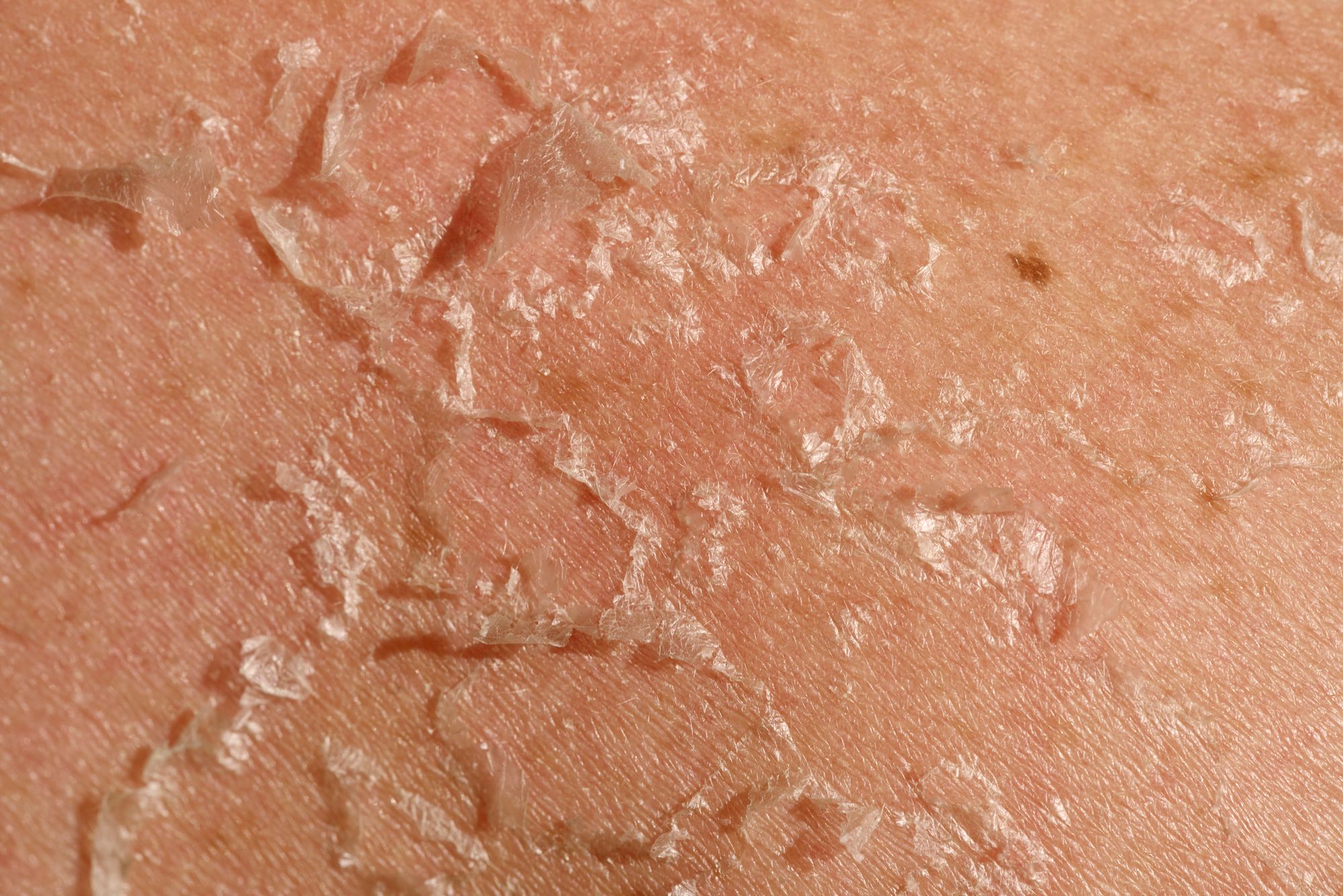
Day 5-7
As you move into days five to seven, the peeling saga continues. The intensity varies, from a subtle flake shower to a more robust skin reveal. This is when your skin needs you most – go easy on the sun and keep your skincare routine gentle.
Day 7-10
By the end of the first week, the peeling process is usually completed. You might start to notice your skin looking way better – smoother, clearer, just all-around great. But don’t ditch the sunscreen and moisturizers – they’re key for your skin’s healing journey.
As you head into the second week, your skin continues to heal and regenerate. Redness and discoloration should start to lighten, revealing the peel’s full effect. A little tip: avoid retinoids or exfoliants, for now, your skin’s still getting back to its best self.
Aftercare Tips to Maximize Your Results
Cleanse: The timing for when you can cleanse your face after a chemical peel varies depending on the type and strength of the peel, as well as individual skin sensitivity. Here are some general guidelines:
- Mild Peels: For superficial or mild peels, you might be able to cleanse your face the next day after the procedure. These peels usually don’t require much downtime, and the skin heals relatively quickly.
- Medium to Deep Peels: For medium to deep peels, it's typically advised to wait at least 24 to 48 hours before cleansing your face. These types of peels involve more intensive skin exfoliation and thus require more time for the initial healing process.
Also, check out the article "How to Wash Your Face After a Chemical Peel?" for more tips. When you're picking products, go for cream-based ones made for sensitive skin. They're usually free from harsh stuff and less likely to irritate newly treated skin:
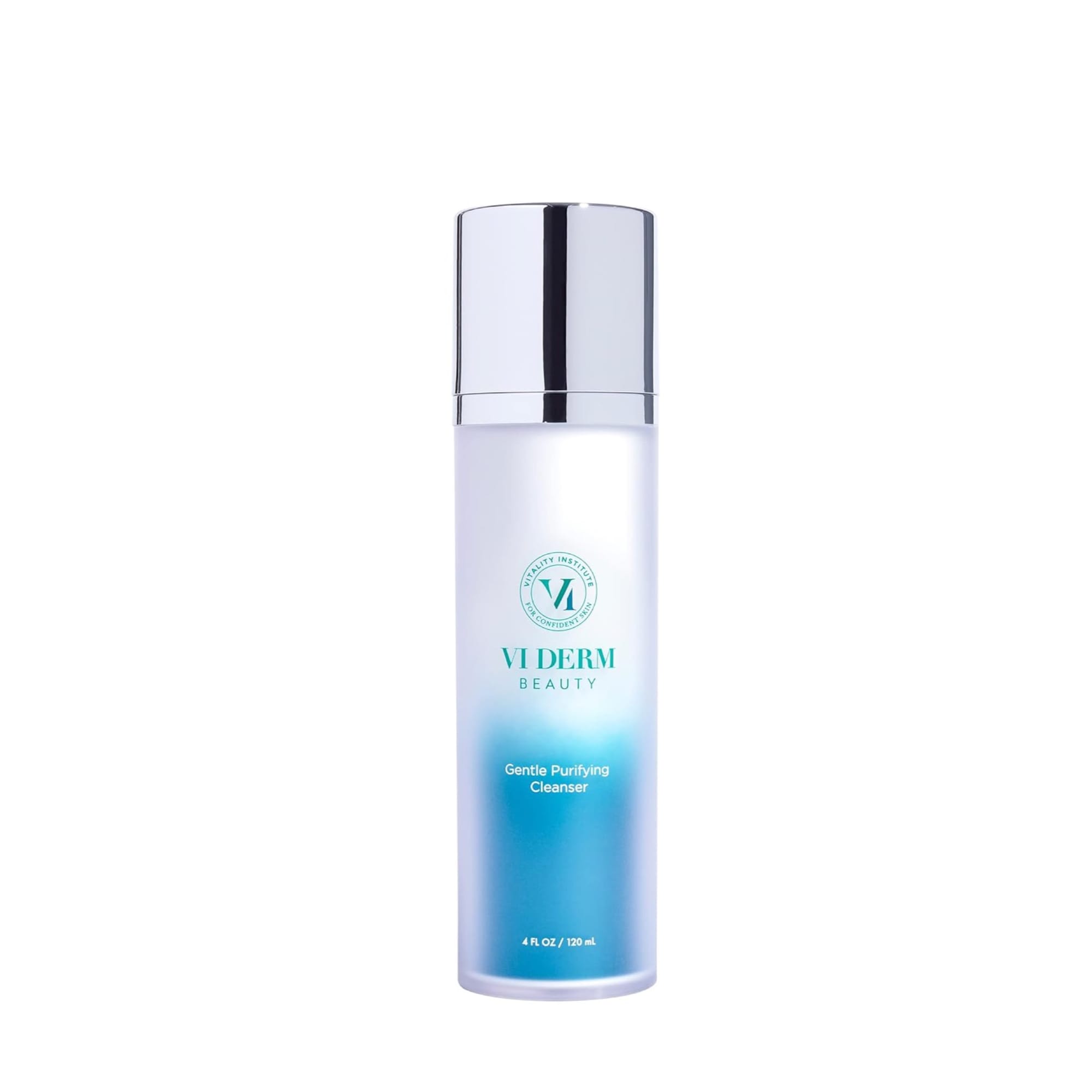
This product is a game changer. Packed with aloe vera for ultimate soothing, antioxidants to fight environmental stress, and willow bark extract to lessen irritation. Totally sulfate-free and approved by dermatologists. This isn't your average cleanser; it's designed to cleanse without stripping moisture. Pair it with VI DERM Post-Treatment Repair Cream for a better result.
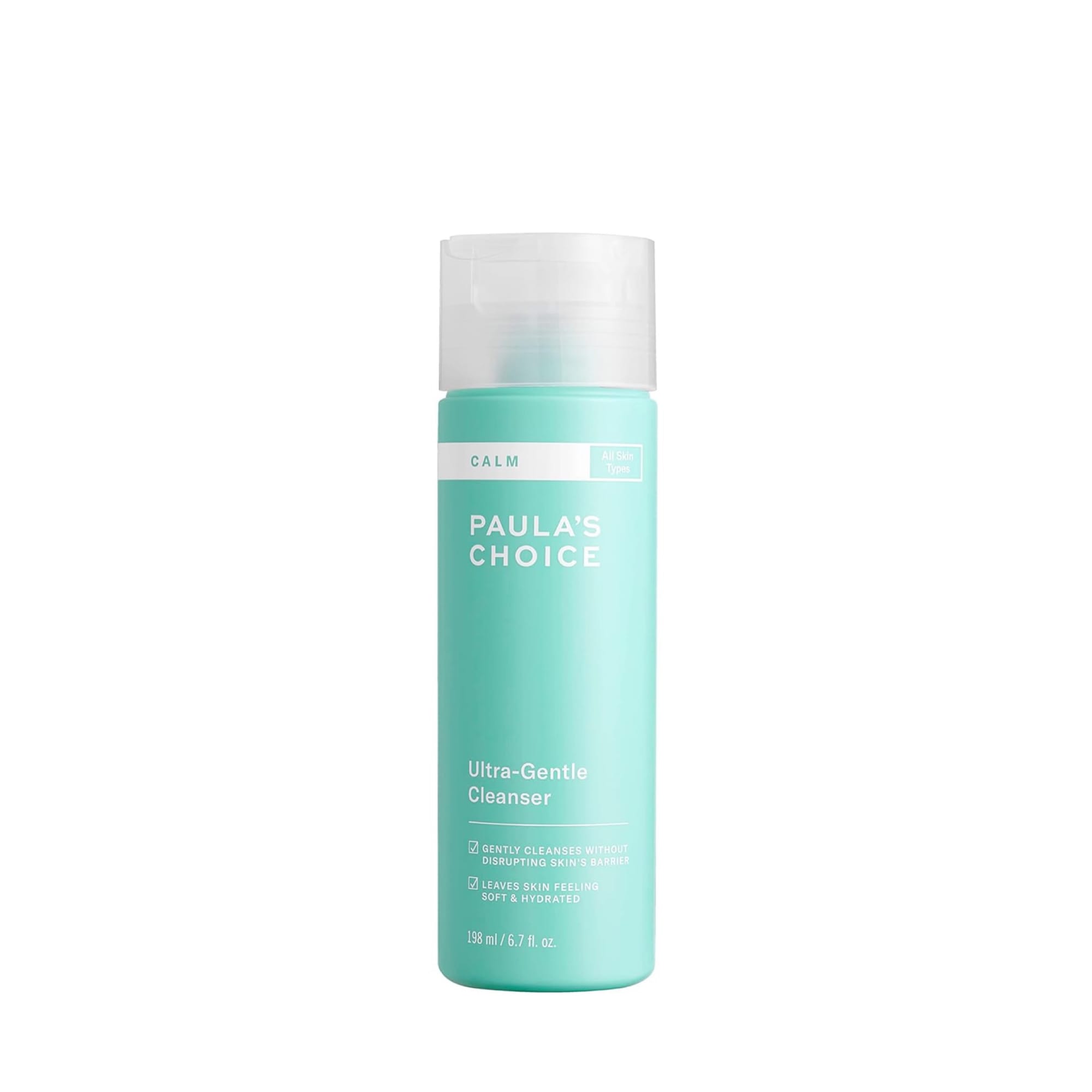
This ultra-gentle cleanser offers a tender touch with its extra-mild surfactants, dissolving impurities. Its formula is a blend of calming triglycerides, moisturizing glycerine, and balancing prebiotic sugars, supporting your skin’s natural balance. Aloe vera, glycerin, and vitamin E add extra soothing and hydration. Free from irritants, it reduces redness and ensures comfort. Cruelty-free.
Moisturize: Keep your skin well-hydrated by using gentle, fragrance-free moisturizers. This helps to soothe the skin and promote its healing process.
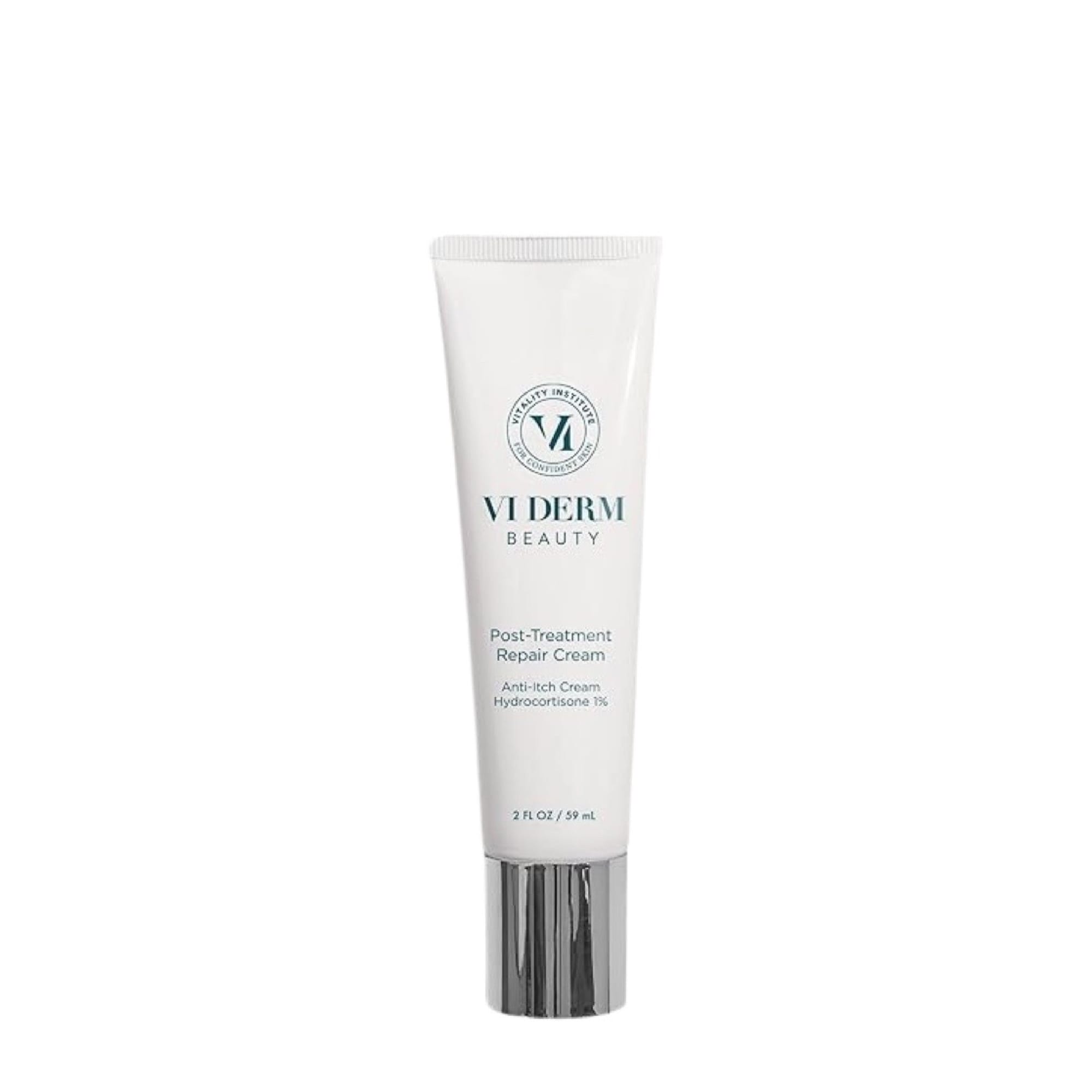
VI DERM cream is a soothing superhero! It glides on and melts into the skin, kickstarting recovery. Packed with Shea Butter, Colloidal Silver, and Bisabolol, this product targets redness, dryness, and irritation, bringing instant calm and comfort. See visible results in just 2 days – less redness, no blotchiness. Simple, fast-acting, and utterly effective!
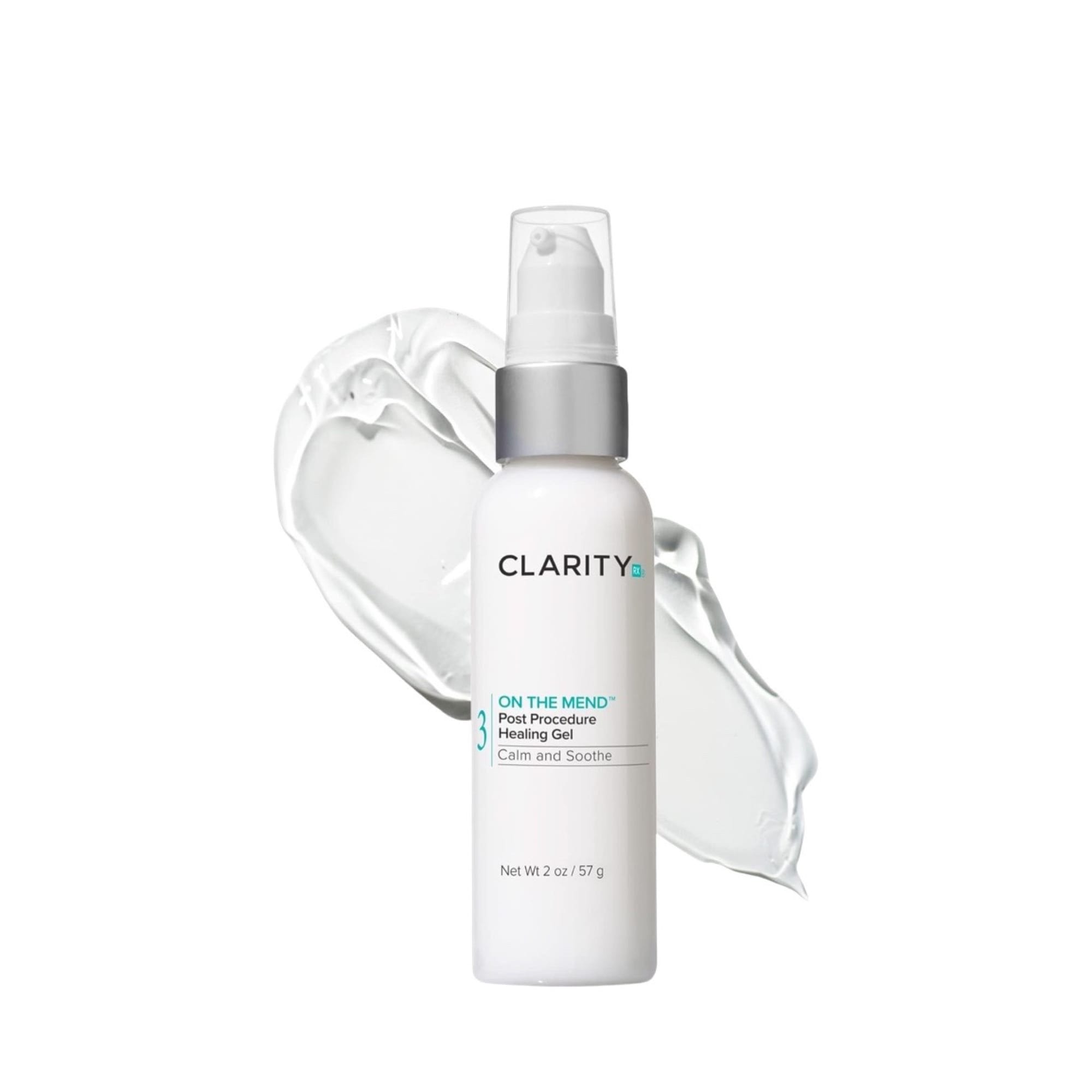
This gel is something! Perfect for soothing and speeding up healing after skin treatments. Packed with natural goodies like St. John's Wort Flower, Arnica, and Calendula extracts, it brings a cool, calming effect that eases irritation and tones down inflammation. Great for every skin type. A must-have for your skincare toolkit, especially for future procedures.
Use Sunscreen: Protect your newly revealed skin from harmful UV rays by diligently applying a broad-spectrum sunscreen with a minimum SPF of 30. This helps prevent sun damage and maintains the long-term results of the peel.
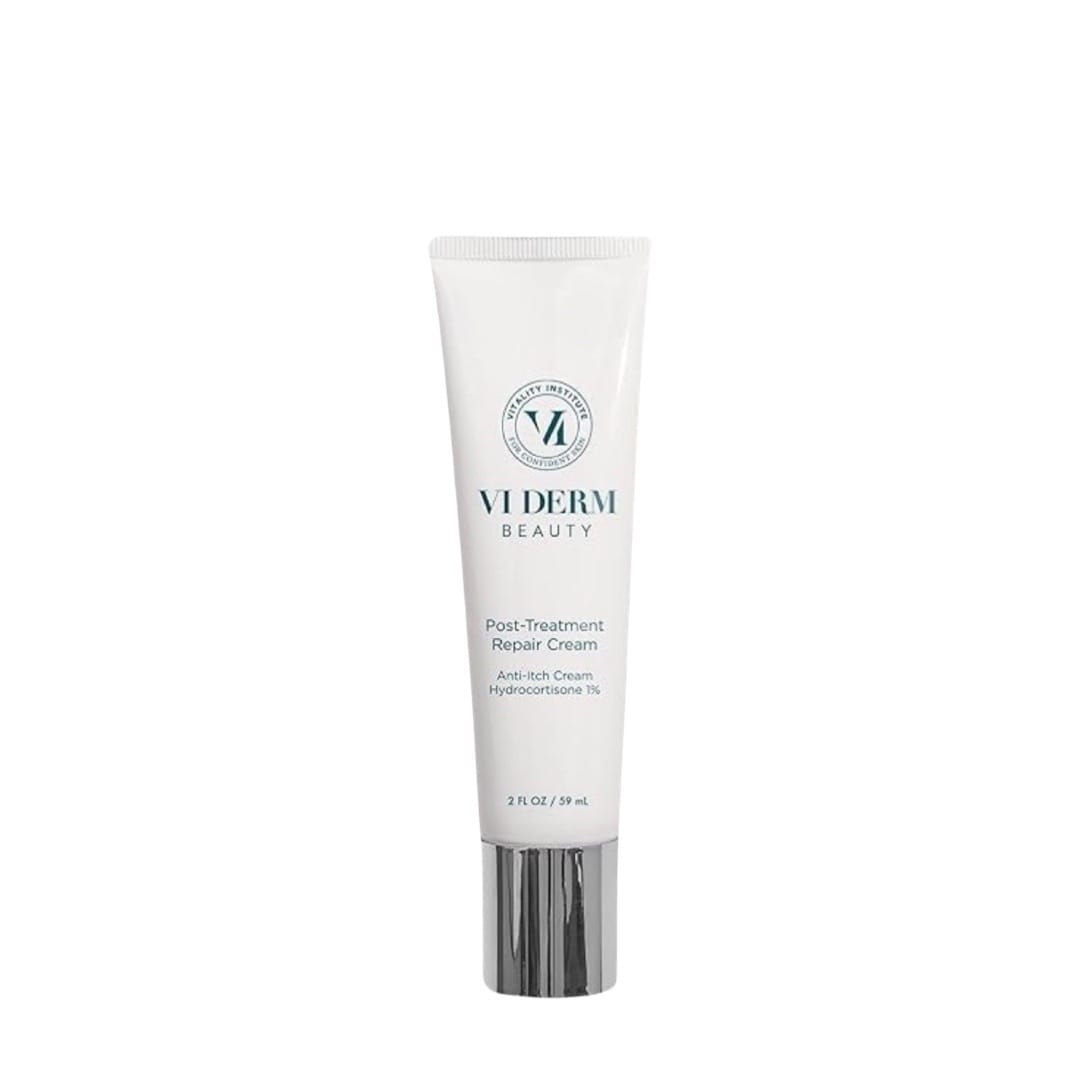
This sunscreen is the all-in-one skin hero! It guards against UVA/UVB rays and eases past peel effects. Absorbs fast, leaves no trace, and is fragrance-free. Packed with aloe to calm inflammation and green tea to reverse sun damage. Plus, Pueraria Lobata root and chamomile reduce irritation. Its slim tube design is ideal for even small purse, ensuring you can take it everywhere and reapply with ease.
Avoid Certain Products: Steer clear of skincare products that contain retinoids, exfoliants, or other harsh ingredients until your skin has fully healed. These products can cause irritation and compromise the healing process.
The Importance of Individual Variations
It is essential to remember that the timeline and specific experiences during each stage of the chemical peel process may vary from person to person. Factors such as the type of peel used, the individual's skin type, and their overall health can influence the duration and intensity of the healing process. Therefore, it is crucial to closely follow the instructions provided by your skincare professional and communicate any concerns or questions you may have.

